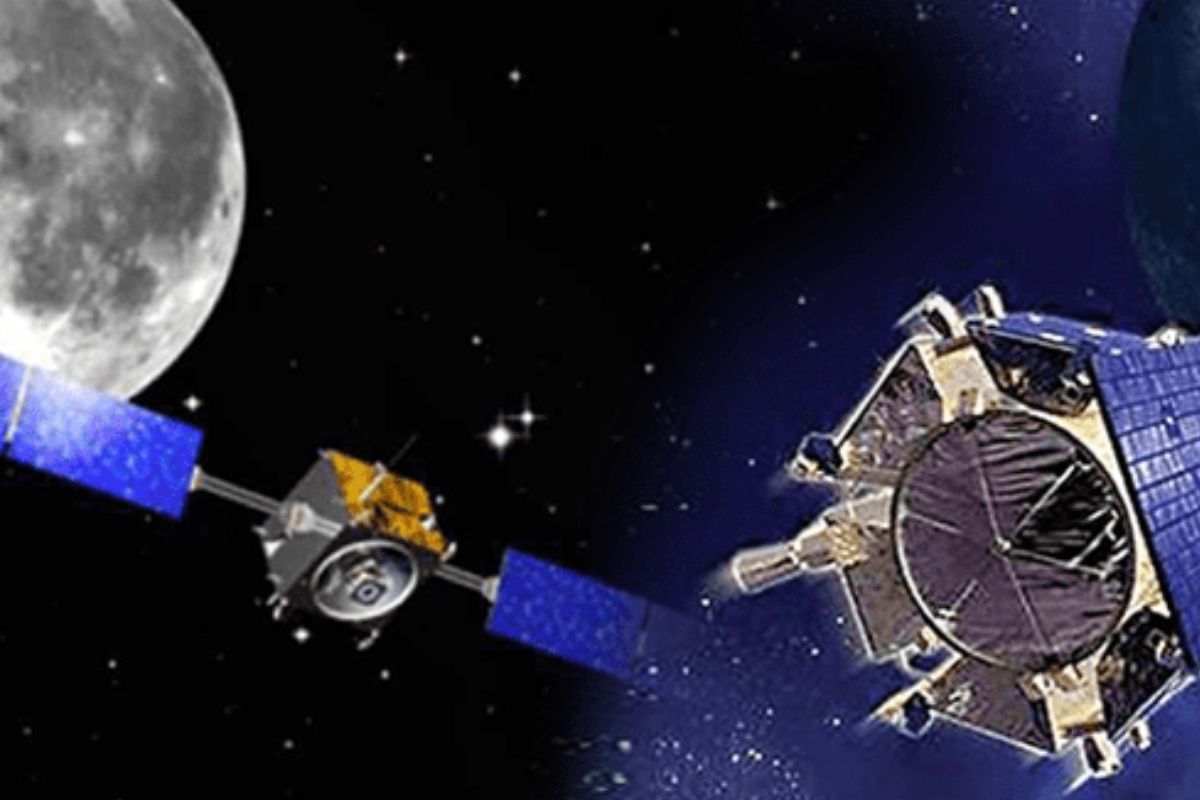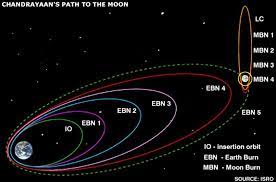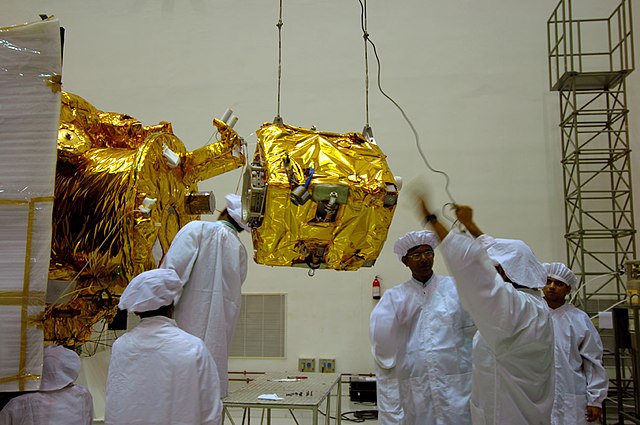Chandrayaan-1 was India's first lunar mission, successfully launched on October 22, 2008, from the Satish Dhawan Space Centre in Sriharikota. The mission was a major milestone for India's space program, demonstrating the country's capability to design, develop, and launch complex spacecraft.

The Chandrayaan-1 spacecraft consisted of an orbiter and an impactor. The orbiter was successfully inserted into lunar orbit on November 8, 2008, and began its mission of mapping the Moon's surface in chemical, mineralogical, and photo-geologic detail. The orbiter carried 11 scientific instruments, including five Indian instruments and six instruments from the United States, the United Kingdom, Germany, Sweden, and Bulgaria.

The Moon Impact Probe (MIP) was separated from the orbiter on November 14, 2008, and impacted the Moon's south pole at a speed of 6,000 kilometers per hour. The MIP carried three scientific instruments designed to measure the composition of the lunar soil and atmosphere.

The Chandrayaan-1 mission was a major success, achieving all of its mission objectives. The orbiter collected a vast amount of data about the Moon, including:
The MIP successfully impacted the Moon's south pole, providing the first direct measurements of the composition of the lunar soil at the poles.
The data collected by Chandrayaan-1 has been used by scientists around the world to study the Moon in greater detail. The mission's findings have led to a new understanding of the Moon's formation, evolution, and composition.
Chandrayaan-1 was a major turning point for India's space program. The mission's success demonstrated India's ability to compete with other leading spacefaring nations. Chandrayaan-1 has paved the way for other Indian lunar missions, including Chandrayaan-2 and Chandrayaan-3.
To know more about these missions,refer to the following links:
Back Chandrayaan 1 Chandrayaan 2 Chandrayaan 3